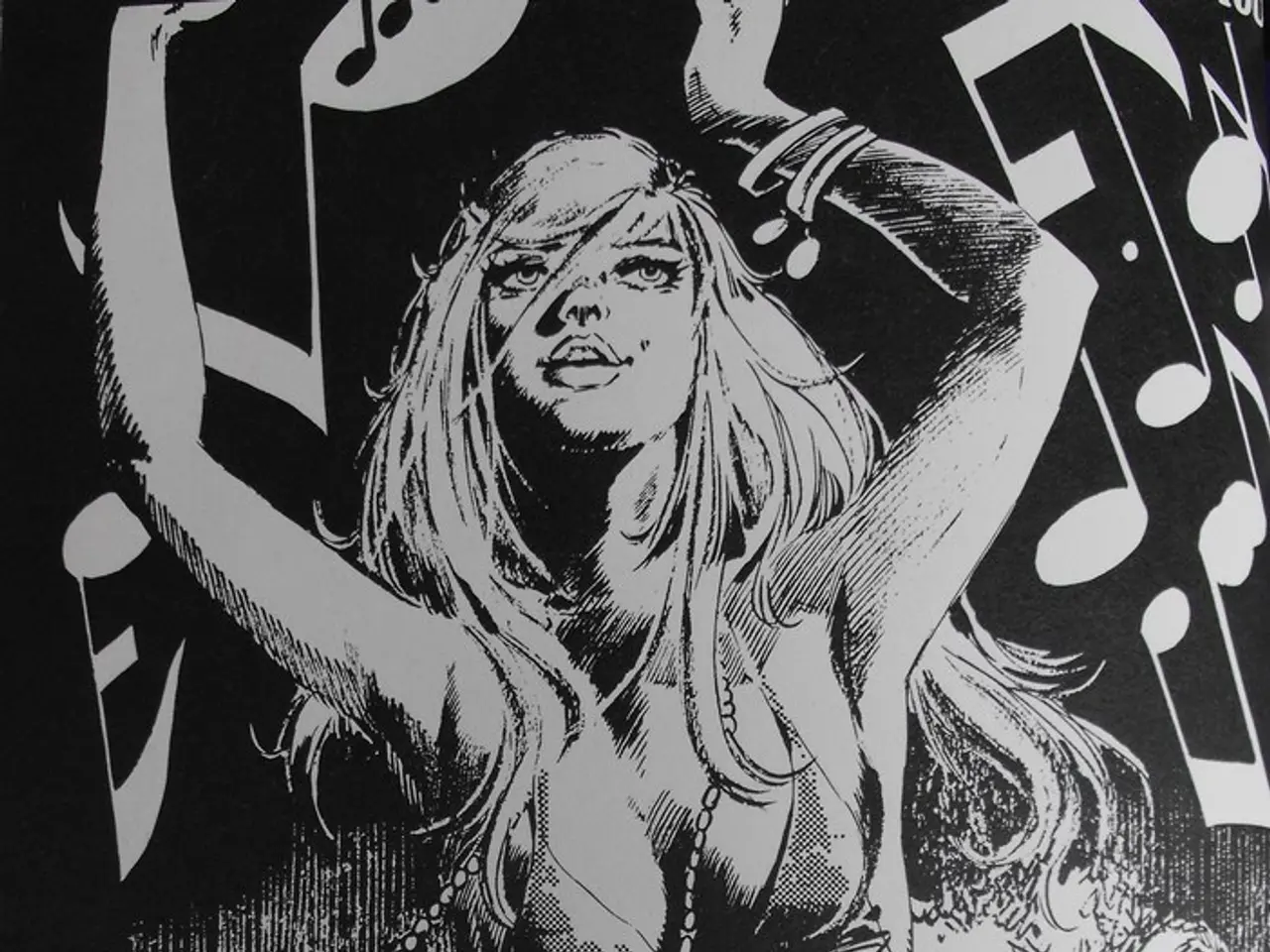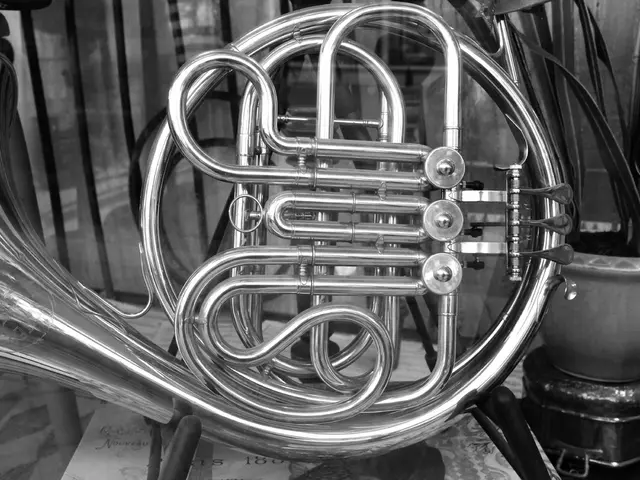Prominent Figures in the World of Classical Music
In the world of classical music, composers have played a pivotal role in shaping the art form and leaving behind a vast body of work that continues to inspire and captivate audiences around the globe. From the Romantic era to contemporary times, these innovative figures have pushed the boundaries of musical expression and creativity, ensuring that their contributions will be celebrated for generations to come.
The Romantic era (approximately 1800-1900) emphasized originality, individuality, personal emotion, and freedom of musical form. Composers expanded harmony, orchestration, and programmatic elements, linking music to poetic, literary, and nationalistic inspirations.
One of the key figures of the Romantic era was Frédéric Chopin, a Polish composer and virtuoso pianist known primarily for solo piano works. He introduced tempo rubato, a rhythmic flexibility that allows expressive speeding up and slowing down of tempo, and popularized Polish national dances like the mazurka in concert music, helping express national identity.
Franz Liszt, a Hungarian composer and pianist, expanded piano technique and form. He was a pioneer of the symphonic poem, a one-movement orchestral work with a programmatic narrative, and his virtuosic piano works tested the boundaries of instrumental capabilities.
Johannes Brahms, a German composer and pianist often seen as a bridge between Classical and Romantic styles, wrote symphonies, concerti, chamber music, and choral compositions that combined classical structural discipline with Romantic expressiveness, often incorporating folk music elements.
Pyotr Ilyich Tchaikovsky, a Russian composer, was known for emotional expressiveness and nationalistic elements. His contributions include symphonies, ballets (like Swan Lake and The Nutcracker), and concertos that exhibit rich orchestration and melodic invention.
Hector Berlioz, a French composer who was one of the principal figures of the early Romantic era, expanded orchestral possibilities and helped develop programmatic music, notably with his Symphonie fantastique, which depicts a narrative through music.
Felix Mendelssohn, also key to early Romanticism, blended classical forms with Romantic lyrical expressivity. He revived interest in earlier music (like Bach) and was renowned for overtures, symphonies, and oratorios.
Fast forward to modern times, and we find Philip Glass, an American composer often regarded as one of the most influential figures in the world of minimalist music. His compositions are known for their repetitive structures, evocative use of harmony, and innovative approach to form and structure.
Arvo Pärt, an Estonian composer, is best known for his minimalist approach to composition, which he refers to as "tintinnabuli." His compositions are characterized by their meditative quality, sparse textures, and spiritual depth.
In the realm of contemporary classical music, Clara Schumann and Fanny Mendelssohn, although overshadowed during their lifetimes, are now recognized for their significant contributions. Clara Schumann was a German composer and pianist who made significant contributions to the development of Romantic music, while Fanny Mendelssohn was a German composer and pianist known for her emotional depth, expressive melodies, and innovative use of form and structure.
Outside the classical realm, John Williams is an American composer best known for his iconic film scores for movies such as "Star Wars," "Jaws," "E.T.," "Jurassic Park," "Indiana Jones," "Harry Potter," and many others.
Ethel Smyth, an English composer, was also an active suffragette and advocate for women's rights. Her compositions are characterized by their emotional intensity, innovative harmonies, and expressive use of melody.
From the Baroque era to contemporary times, classical composers have continued to push the boundaries of musical expression and creativity, leaving behind a legacy that continues to shape the way we understand and appreciate classical music today.
The Romantic era composers expanded the genre, incorporating elements like national identity and emotional expression through compositions like Frédéric Chopin's mazurkas and Hector Berlioz's Symphonie fantastique. In modern times, Philip Glass, known for minimalist music, and John Williams, famed for iconic film scores, continue to push boundaries, breaking new ground in contemporary classical and film music.







